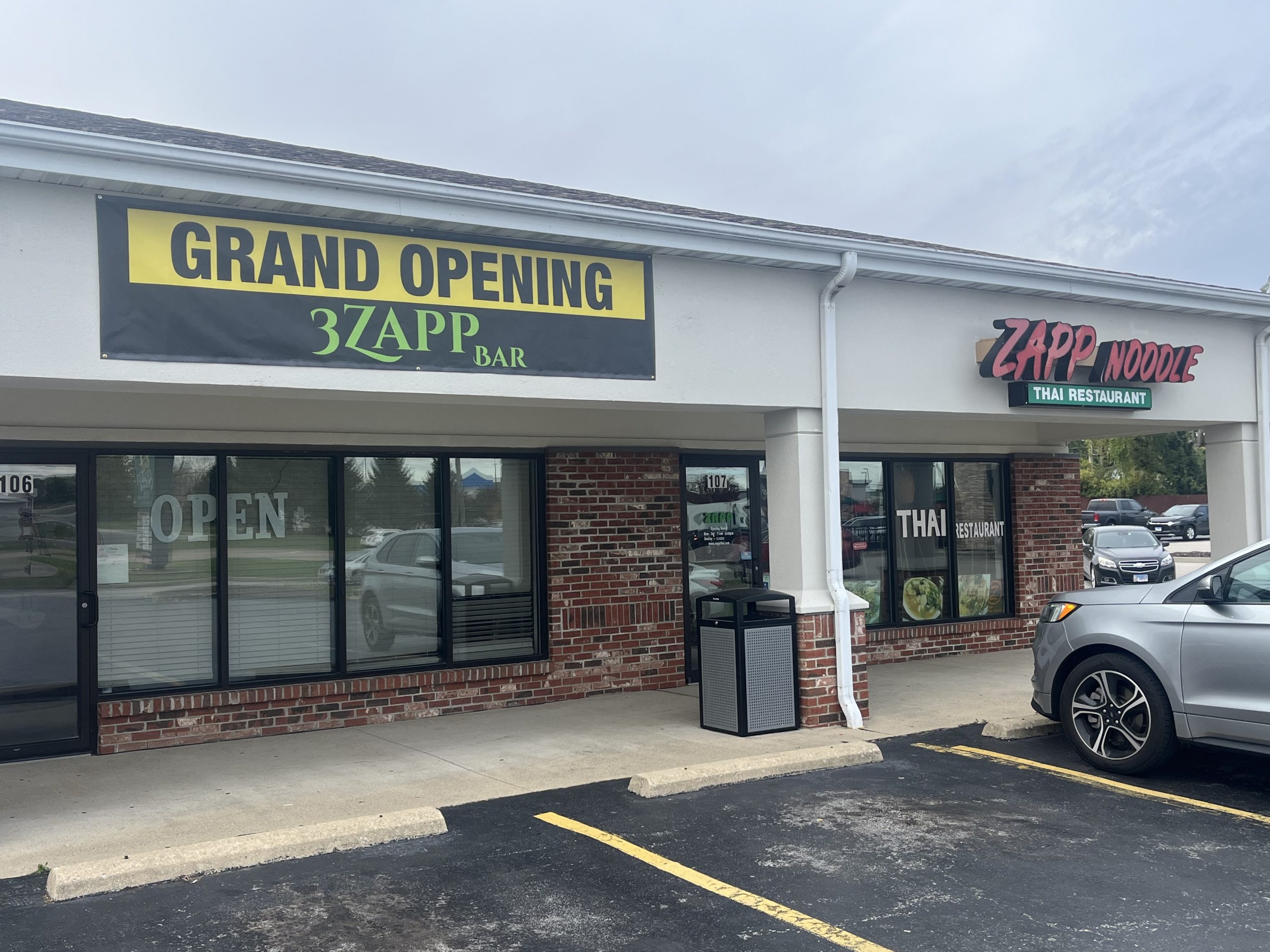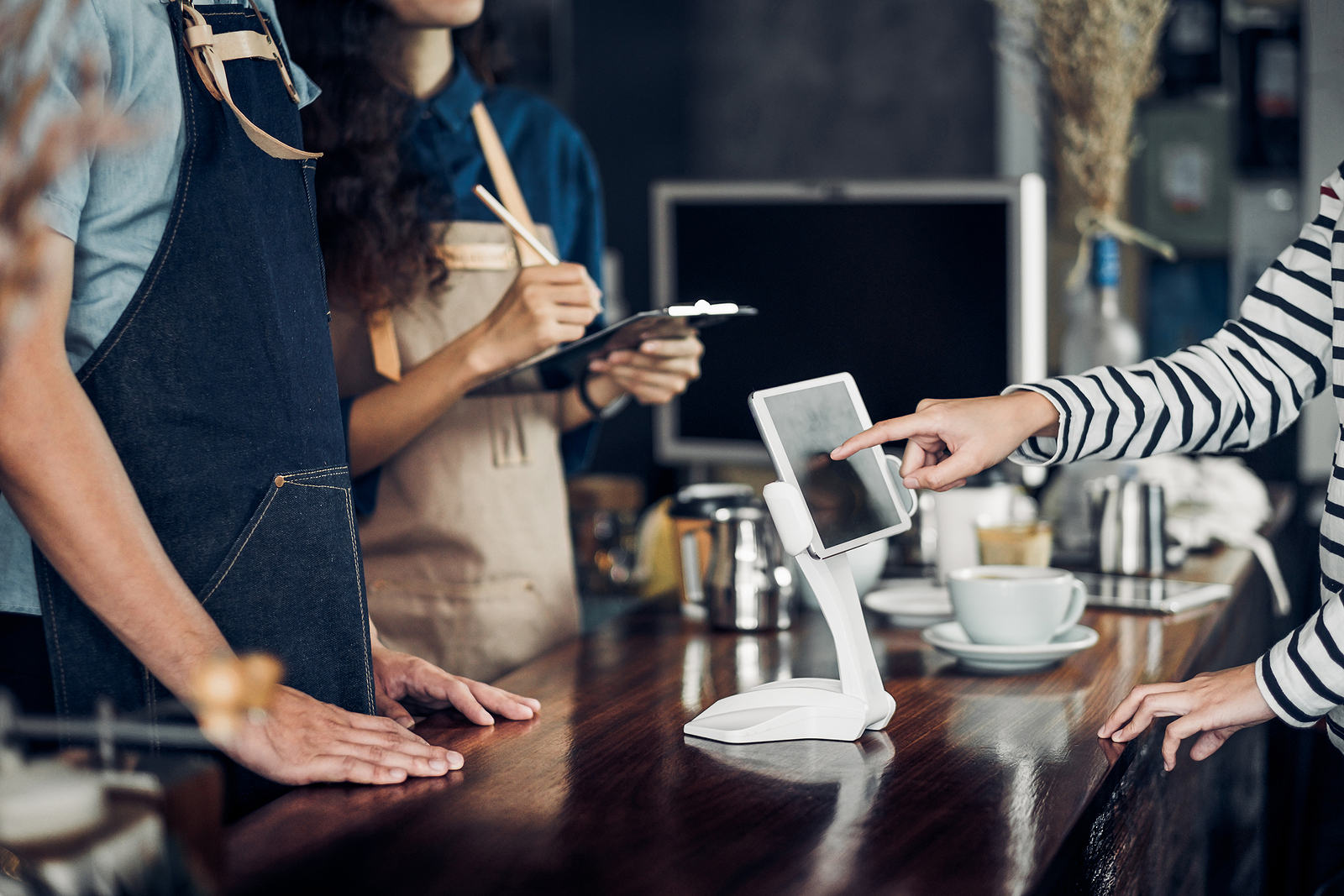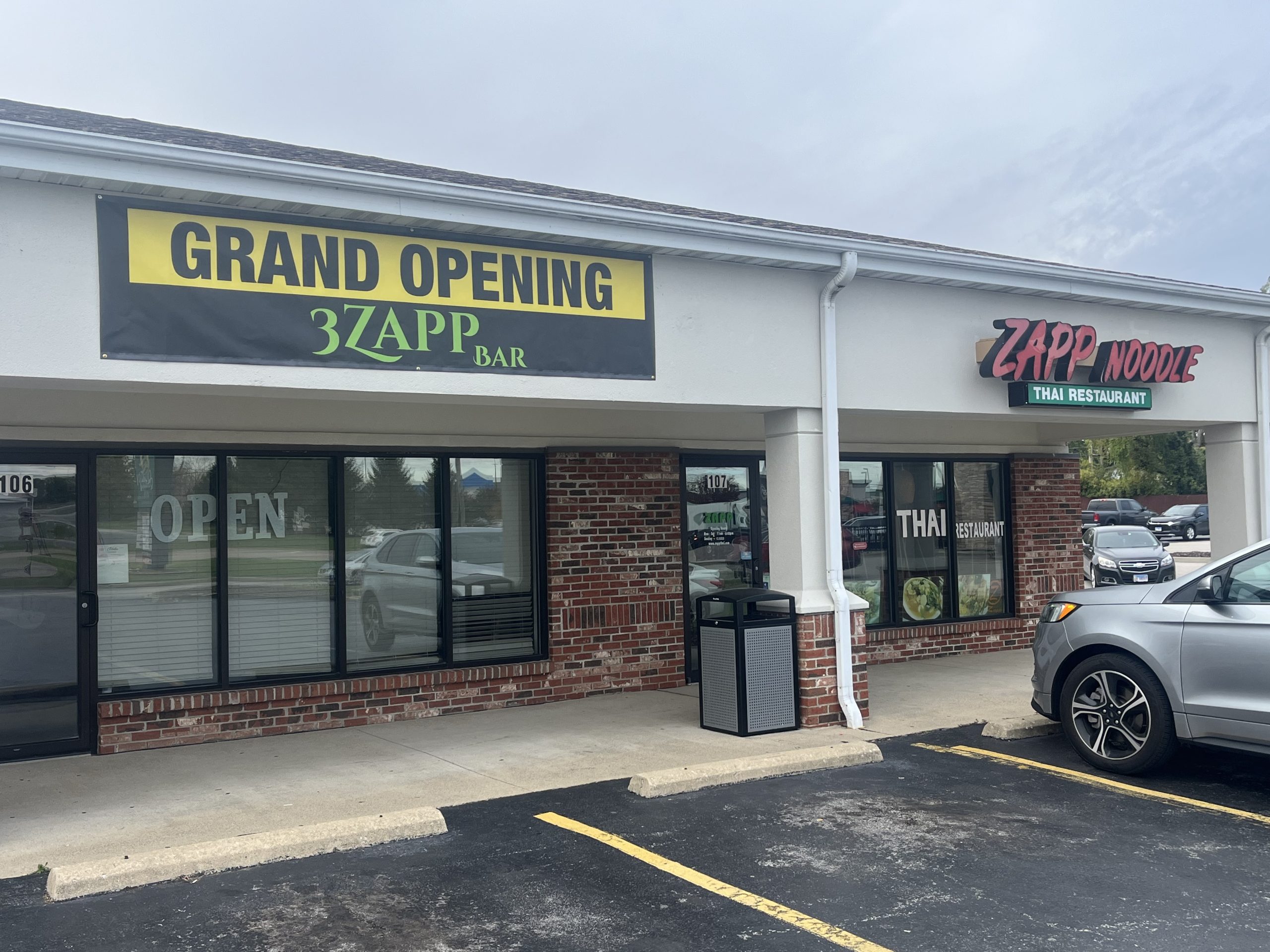

Wonton King Will Be Open Christmas Day 2025 for Families in University City
(StlouisRestaurantReview) As the holiday season approaches, families across the St. Louis region begin planning how and where they will spend Christmas Day. In University City, one local favorite has once again confirmed it will keep a long-standing tradition alive. Wonton King will be open on Christmas Day, welcoming families who want to celebrate the holiday together over a shared meal.
For many diners, Wonton King has become a familiar and comforting destination during the holidays. While countless restaurants close their doors on Christmas, this University City staple continues to open with purpose. The decision is rooted in hospitality and a clear understanding of its community—families visiting from out of town, residents who prefer to dine out, and those who want to enjoy a festive meal without the stress of cooking at home.
Wonton King Offers A Holiday Tradition Built Around Togetherness
Christmas Day at Wonton King feels different from a typical restaurant visit. The dining room fills with families of all sizes, often spanning multiple generations. Tables are shared with laughter, conversation, and dishes meant to be enjoyed communally. Rather than quick meals and fast turnover, the focus is on allowing guests to relax and spend meaningful time together.
For many families, this has become a yearly ritual. Parents bring children who later grow up and return with families of their own. Visitors staying with relatives in St. Louis are often introduced to Wonton King for the first time on Christmas Day, turning a single visit into a lasting tradition.
The welcoming atmosphere plays a significant role in this loyalty. Staff members understand that Christmas dining is about more than food—it is about comfort, patience, and creating an environment where guests feel genuinely welcome.
Dine-In Only on Christmas Day at Wonton King
Along with announcing its Christmas Day hours, Wonton King has also shared a crucial operational update. Due to overwhelming demand in past years, online ordering will not be available on Christmas Day. This decision allows the restaurant to focus entirely on dine-in guests and maintain the level of quality and service customers expect.
In previous holiday seasons, online orders surged to the point where kitchen operations were stretched thin. Rather than risking delays or inconsistencies, the restaurant has chosen a thoughtful solution: dedicating all resources to families dining inside. This approach ensures smoother service, better pacing, and a more enjoyable experience for guests who choose to celebrate in person.
The decision also reinforces the spirit of the holiday. Christmas is about gathering, and Wonton King’s dine-in focus encourages people to sit down together, share dishes, and enjoy the moment without distractions.
Wonton King Makes Food Meant for Sharing
Wonton King’s menu naturally complements family-style dining, making it especially appealing on Christmas Day. Large portions and a wide variety of dishes make it easy for groups to order several items and share across the table. This style of dining brings everyone into the experience, turning the meal into a collective celebration rather than a series of individual plates.
From comforting soups and dumplings to flavorful noodle dishes and classic Chinese entrées, the menu offers options that appeal to a wide range of tastes. Families often mix longtime favorites with new selections, creating a meal that feels both familiar and festive.
This versatility is one of the reasons the restaurant sees such a strong turnout during the holidays. Whether diners are longtime regulars or first-time visitors, the menu offers something approachable and satisfying for everyone at the table.
Wonton King Has Strong Reviews and Community Trust
Throughout the year, Wonton King consistently earns high marks from diners online. Reviews frequently highlight the restaurant’s reliability, generous portions, and authentic flavors. Many customers return again and again because they know exactly what to expect: quality food, attentive service, and a welcoming atmosphere.
This reputation carries extra weight during the holidays. When families choose where to dine on Christmas Day, trust matters. Wonton King’s history of positive experiences reassures guests that their holiday meal will be enjoyable and well-managed, even during one of the busiest days of the year.
Local loyalty is a defining characteristic of the restaurant’s success. It is not uncommon to hear diners talk about visiting Wonton King for decades, bringing friends, relatives, and out-of-town guests along the way.
Catering Available With 24-Hour Notice by Wonton King
While Christmas Day will focus on dine-in service, Wonton King reminds customers that its catering menu is available with a 24-hour notice. This option is ideal for families who prefer to host gatherings at home but still want to serve dependable, crowd-pleasing food.
Catering orders are popular during the holidays, when hosts may be balancing travel, decorations, and family commitments. Ordering in advance allows families to enjoy restaurant-quality dishes without spending hours in the kitchen. The catering menu accommodates both small gatherings and larger celebrations, offering flexibility for different holiday plans.
The 24-hour notice requirement helps ensure quality and smooth preparation, especially during the busy holiday season.
Wonton King is An Inclusive Place on a Meaningful Day
One of the most appreciated aspects of Wonton King’s Christmas Day opening is its inclusivity. The restaurant welcomes everyone, regardless of how they celebrate the holiday—or whether they celebrate it at all. For some diners, Christmas Day at Wonton King is about tradition. For others, it is simply about having a place to go when many options are closed.
In a diverse community like University City, this openness matters. Wonton King reflects the neighborhood’s spirit by offering a space where everyone feels comfortable and welcome.
Planning Your Visit
Because Christmas Day is consistently busy, guests are encouraged to plan and arrive with flexibility. Peak dining times may include a short wait, but many regulars agree that the experience is worth it. The relaxed pace, shared anticipation, and festive atmosphere are all part of what makes dining at Wonton King on Christmas Day special.
For those considering catering, placing orders early ensures availability and a smooth pickup experience.
A Holiday Staple in University City
By opening its doors on Christmas Day, focusing on dine-in guests, and continuing to offer catering with advance notice, Wonton King reaffirms its role as a trusted part of the local dining scene. For families across St. Louis, it remains a place where food, tradition, and community come together—especially on one of the most meaningful days of the year.
© 2025 St. Louis Restaurant Review/St. Louis Media, LLC. All Rights Reserved. Content may not be republished or redistributed without express written approval. Portions or all of our content may have been created with the assistance of AI technologies, like Gemini or ChatGPT, and are reviewed by our human editorial team. For the latest restaurant news and reviews, head to St. Louis Restaurant Review. https://stlouisrestaurantreview.com/wonton-king-open-christmas-day-2025/





